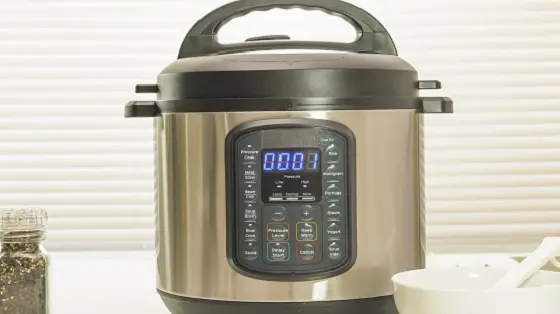
WORKS OF A PRESSURE COOKER – How it works?
PRESSURE
Introduction
I would ask you to read the whole experience I have had cooking with the pressure cooker and how it has come through for me especially as a bachelor since the need for my independence kicked me out of my father’s house, but I know what you would rather…Judge for yourself?
Very well..
When I meet most of my friends they all tell me that they love the pressure cooker because of their love for cooking, Well I personally don’t like cooking and I think Denis Papin in his introduction of pressure cookers had people like me in mind as well. Pressure cooker makes it fast for me, the most cooking I do is put equal amounts of whichever ingredients I have available for that day for instance ingredients for Pilau, Mandazi or if I am just baking a cake, then water, turn it on, set the timer and leave it to cook so I can finish my favorite NETFLIX SERIES together With my Kiwinya of Mama Kiwinya.
I own a Sayona pressure cooker SPC-100 which I use to tenderize meat within 27 minutes using 0.26kwh of energy and the bill for making the meat tender is always at Ksh 6 to 7bob with Kenya Power and lighting company (KPLC) rates, Full evening meal making ugali, my favorite green Kienyeji stew costs me less than Ksh 10…
Not sure about the pressure cooker yet?
To feed your curiosity I will explain what the pressure cooker really is and how it works.
WORKS OF A PRESSURE COOKER
Pressure
Think about the word and what it means. Everyone experiences pressure at some point in life and it is almost true that we all live under pressure, It catalyzes how we think and act when we are in a compelling situation.
Imagine for example the undying motivation pressure gives a decent family man who have not gathered enough to put Unga (flour) on the table when the day is fading away…Exactly. The pressure is enormous and the man has to do anything in his power to provide while observing his decency. Let’s not even think of what would happen if a car steps on your toes. HUH!
PRESSURE COOKER PHENOMENA
Pressure cooker works the same way only that it employs the element of water and heat. In this case the heat gives water pressure which transfers to food. Water and heat produces a combination of steam and pressure, water being a good conductor of heat than air effects fast cooking. When the pressure cooker is turned ON, it raises the water temperatures, transferring that energy to food, basically cooking it. The boiling point of water is 100 .Steam created is trapped and increases the atmospheric pressure by 15 pounds(psi),At this pressure the boiling point of water is increased from 212 to 250 which fastens cooking.
The essence of the pressure cooker is the consequence of pressure which has to be created to cook faster and retain nutrients that are good for your health. This was not ever an imagination before 1679 when a French physicist Denis Papin introduced a pressure cooker which is today considered to as the first generation pressure cookers. At this time pressure cookers had a habit of blowing the lids sky high and were therefore feared for messing skins and kitchens. Today we take pride in the 2nd generation of pressure cookers that have the safety feature and can never blow the lid in its lifetime
Among other amazing facts is that the pressure cookers feature a function called SAUTE that enables cooking without the lid, meaning it’s optimized enough to produce high temperatures that are able to cook without the lid itself.
WORKS OF A PRESSURE COOKER
Pressure
Think about the word and what it means. Everyone experiences pressure at some point in life and it is almost true that we all live under pressure, It catalyzes how we think and act when we are in a compelling situation.
Imagine for example the undying motivation pressure gives a decent family man who have not gathered enough to put Unga (flour) on the table when the day is fading away…Exactly. The pressure is enormous and the man has to do anything in his power to provide while observing his decency. Let’s not even think of what would happen if a car steps on your toes. HUH!
PRESSURE COOKER PHENOMENA
Pressure cooker works the same way only that it employs the element of water and heat. In this case the heat gives water pressure which transfers to food. Water and heat produces a combination of steam and pressure, water being a good conductor of heat than air effects fast cooking. When the pressure cooker is turned ON, it raises the water temperatures, transferring that energy to food, basically cooking it. The boiling point of water is 100 .Steam created is trapped and increases the atmospheric pressure by 15 pounds(psi),At this pressure the boiling point of water is increased from 212 to 250 which fastens cooking.
The essence of the pressure cooker is the consequence of pressure which has to be created to cook faster and retain nutrients that are good for your health. This was not ever an imagination before 1679 when a French physicist Denis Papin introduced a pressure cooker which is today considered to as the first generation pressure cookers. At this time pressure cookers had a habit of blowing the lids sky high and were therefore feared for messing skins and kitchens. Today we take pride in the 2nd generation of pressure cookers that have the safety feature and can never blow the lid in its lifetime
Among other amazing facts is that the pressure cookers feature a function called SAUTE that enables cooking without the lid, meaning it’s optimized enough to produce high temperatures that are able to cook without the lid itself.
MAJOR PARTS OF THE PRESSURE COOKER?
General Components
- Housing/pot
This is the outer POT of the pressure cooker, it holds and houses the housing cover, element, the inner pot and holds the operating front/control box in place.
- Inner pot.
The inner pot is the content holder, the pot you place your food in for cooking. The inner pots are constructed using aluminum which is a good conductor of heat and is coated by a thick nonstick material made of Teflon. The coating applies for Sayona pressure cookers since the coating vary with brands.
- Top cover/Lid.
The top cover is very important because it seals the cooker completely to prevent loss of steam or pressure that is required to cook faster, the lid features the seal ring and the venting valve for pressure release and the block proof cover.
This features of the 2nd generation pressure cooker like the safety pin enables safety and release of build up pressure and that pressure does not build up to danger levels.
It also has the rubber ring that makes sure that no air escapes the pot.
From my curiosity, I have literally cooked every common African meal with the EPC except for chapatis or roti with fried eggs and actually gave me better results…, for formality I will give you a list of commonly cooked food using the pressure cooker
- Githeri
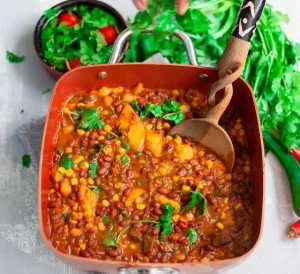
Interestingly you can cook Githeri now within 1hr using a pressure cooker, even less when it is soaked compared to traditional methods of cooking that use 3 to 4hrs of boiling to get your favorite meal ready…Many households in Africa make Githeri which Is highly nutritional from the mix of cereals like beans, whole grains, nuts, seeds and peas.
- Rice.
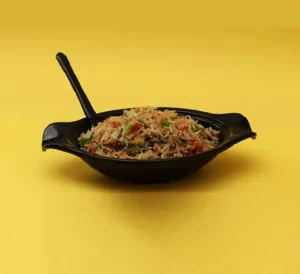
Rice is also commonly prepared in many households and the pressure cooker gives the best results…
- Cereals.
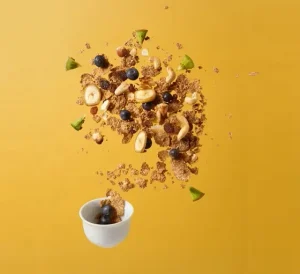
Just like Githeri you can prepare your cereals 2/3rds less time than the normal cooking hobs.
- Porridge.
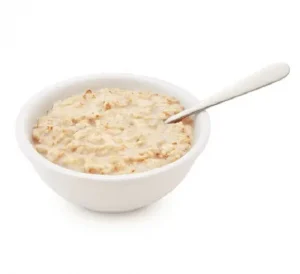
Pressure cookers have proven even more useful after showing the capability to prepare African authentic porridge, making it even tastier and thicker with less time to get it ready.
- Ugali.
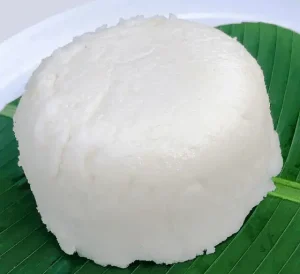
How do you cook ugali with a pressure cooker? It’s easy. Pressure cookers are now coming with a SAUTE feature which enables it to cook without the lid, Sayona pressure cooker is featured with the ‘SAUTE’ Function that allows cooking. Sauté is also applicable in other pressure cookers. Boil your water using the lid, when boiled remove the lid, switch to SAUTE function and prepare you ugali.
- Meat.
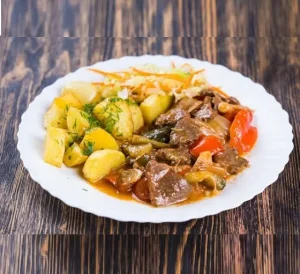
If you have not tasted meat that has been prepared by the pressure cooker then you are missing on real tenderness the meat can get. Its makes it so soft and the flavor from whichever spice you use to prepare soaks so well.
- Commonly cooked Fish in pressure cooker.
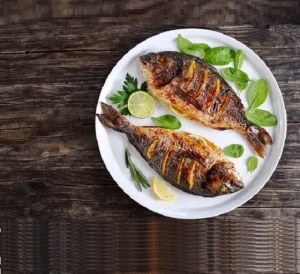
Fish is one of the favorite African meals commonly served with Ugali. Its ability to get a man to lick his fingers has made it popular and most sought after.
The list goes on…You can boil, steam and Sauté any food there is to cook…
FOODS THAT CAN BE PREPARED USING THE PRESSURE COOKER
Our Kenyan Recipe
COOKING TIME FOR DIFFERENT MEALS
Please note: Cooking time will vary with different function level: The bigger the food amount, the longer the cooking time.
Note that pressure cookers are applicable for media electrical pressure cooker series products like Sayona and therefore you should read corresponding instructions according to the model of the pressure cooker you are using.
To set time, first connect the pressure cooker to power supply, the stand by red indicator lights on, (SAYONA SPC -100) which means the pressure cooker has entered into the heating state.
Please note that the time on the table below is for reference only:
| Inner pot scale time(min)function | 2 | 4 | 6 | 8 | 10 |
| Rice | 20 | 26 | 30 | 35 | 40 |
| Meat/chicken | / | 30 | 26 | 38 | 35 |
| Porridge | / | 25 | 33 | 29 | 37 |
| Soup | / | 35 | 40 | 45 | 47 |
| Bean/tendon | / | 45 | 50 | 55 | 59 |
You can regulate the cooking times according to food, personal taste and cooking experience.
MANDATORY MEASURE FOR THE PRESSURE COOKER WHEN COOKING;
The amount of water and food cannot exceed the maximum scale, otherwise food will overflow, block the venting valve which may lead to a malfunction
To Note:
BENEFITS OF A PRESSURE COOKER
- Saves you money. It is way cheaper to use electricity using the appliance compared to Gas and other hobs.
- Food retains most of their nutrients and are tastier, the pressure infuses flavor into the food so well and evenly.
- Its energy efficient. Uses less power
- Saves a lot of time cooking.
- There is not heat released to the surrounding compared to traditional methods of cooking therefore kitchen is cooler.
- Less cleaning is required.
- Pressure cookers can also be used to preserve food.
- Its environmental friendly. No soot or harmful product is produced when cooking, using electricity also reduces the level of deforestation and release of carbon into the surrounding.
WHAT WOULD I CONSIDER WHEN BUYING A PRESSURE COOKER
Factors to consider
a) Availability of Accessories.
It is very important to research whether the brand you are buying have after sales accessories…A pressure cooker ceases to be a pressure cooker if you can’t find a venting valve or the seal rubber to replace in case of breakage or loss…
Sayonapps Brand for example provides extra inner pots for the pressure cookers at affordable prices and avails all accessories I need, I have lost my lid gasket twice and I have been able to have it replaced both times.
b) After Sales Services
Ensure that the brand you buy provides a warranty system and make sure that the brand has a physical clinic for dealing with problems that may arise after you buy.
PRESSURE COOKER CLEANING AND MAINTENANCE
- After use make sure you clean the product, at this time make sure you have unplugged the power cord and that the product has cooled down
- The inner pot can be cleaned with water and detergent, Make sure it’s dried before use.
- Remove the float valve and the float valve gasket, flush them with water to remove debris, then install at its original position.
- Check often if the proof cover and the exhaust hole are jammed, clean them with water, toothpick or brush and install it at its original position.
- Clean the housing and the lid with a rag, it is prohibited to soak the cooker body in water or spray water to it.
SAFEFY PRECAUTIONS WITH A PRESSURE COOKER
- Keep the appliance on a stable top to avoid spillage or breakage of the appliance.
- Keep the product away from reach of children.
- Do not force the pressure cooker to open before all the pressure has been sufficiently released.
- Cleaning should be done after cooling, to avoid burns or even scalding.
With about 75% of Kenyans connected to electricity, the potential use of energy efficient appliance is rising and the uptake has started to increase, many people have not embraced pressure cooking but once they do they automatically become ambassador’s reason being the benefits they harvest from its efficiency.
Inflated charcoal and gas prices should be reason enough to transition to the modern technology of cooking that is using energy and cost efficient. Pressure cooker prices vary with different brands, I use Sayonapps brands because of its affordable prices and profound after sales services. Sayonapps through their showroom (MaamsKorner) showcases the appliance and educates people on how to use it.
Be the change in your community and start educating people about the pressure cookers or any other energy efficient cooking methods to improve their living standards


